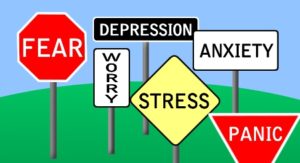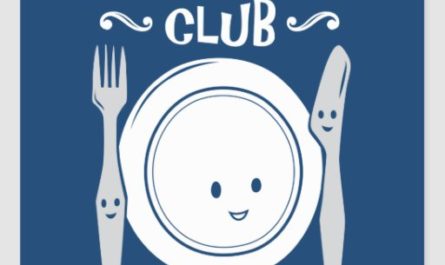 In the movie, Bridge of Spies, lawyer James Donavan (played by Tom Hanks) is astonished when his client, Rudolf Abel, an accused Soviet spy (played by Mark Rylance) remains calm while facing the death penalty in the United States.
In the movie, Bridge of Spies, lawyer James Donavan (played by Tom Hanks) is astonished when his client, Rudolf Abel, an accused Soviet spy (played by Mark Rylance) remains calm while facing the death penalty in the United States.
Abel repeats: “Would it help?” three times during the movie, all while facing incredible psychological pressure. In addition to the death penalty scene, Donavon asks: “Do you never worry?” when Abel admits that he’s not an American citizen, and might not be a Soviet citizen either. Again, the same response: “Would it help?” The third time it happens is when the prisoner exchange is about to occur and Donavan asks: “Are you not worried that your own people might shoot you?” Again, he responds: “Would it help?”
What is worry anyway? What do we worry about? Worry concerns the future, and the future is always uncertain. There are no guarantees.
For example, I may retain a new client or I may not. Depending on my Knower/Judger need for things like income, stability, self-worth, etc., I may work myself up by worrying or predicting a less than desirable outcome.
In the continuum from worry to anxiety to fear to panic, worry is least harmful.
Sometimes worry elicits responses that benefit the outcome, by allowing us to focus on the prediction and how to avoid it. Donovan could have responded to Abel by saying: “Yes, I think worrying could help.” Worry may have led to new information to benefit the case.
Many people, however, look at the futility of the situation and utter a silent: “No.” They believe that worry won’t or doesn’t help.
What exactly does worry do? Using the continuum mentioned earlier, worry grows into anxiety when we are unsuccessful in resolving the future threat. We start to predict that the threat is true. Our Knower/Judger doesn’t distinguish between reality and imagination, so threat starts to feel very real.
When the threat feels real enough, we tend to pick the worst-case scenario—the worst of the what ifs—and we march right into fear. We’re now entering the fight or flight stage, even if the threat is imagined. The K/J does not distinguish; we’ve trained it our whole life. We interpret fear as a judgment—a comparison of what we’re experiencing versus what we want to happen.
At this stage, physical changes can take place. Our blood pressure rises, our pulse increases, we perspire, and we breathe rapidly to get more oxygen. We are physically ready for the now-unavoidable threat.
Boom! Full on panic attack. We’re bred for this; it’s in our genetic makeup. We face our choice to fight or flee. Again, the threat may be real (e.g., a truck is about to hit you) or imagined (e.g., a truck could come around the corner). The level of panic is the same. The K/J is poised to respond.
It all sounds pretty dysfunctional, doesn’t it? I remember getting worked up over things, even escalating to the panic stage when papers were due in college. Worry didn’t allow me to focus better; it moved me into anxiety. (I usually fought off anxiety with a beer or two!) And then there was only a week left. Fear crept in. My body was poised for fight or flight. My stomach churned. Any of this sound familiar?
My mentor, Jut Meininger, told the story of his client who figured out all this using the K/J and the L/R. She’d been a habitual worrier all her life. You know people like that. She looked at her history and all the eventual outcomes and decided to give up the fretting.
The next time you feel worry coming on, ask yourself Abel’s question: “Would it help?” And don’t ask it rhetorically. Ask it and wait for the answer. If some worry helps you bring focus (from the Learner/Researcher) to the issue, there is a reason to allow it, cautiously.
But if it’s just going to launch you up the continuum, then go with the audience’s answer: “No.” Choose to let it drop.


